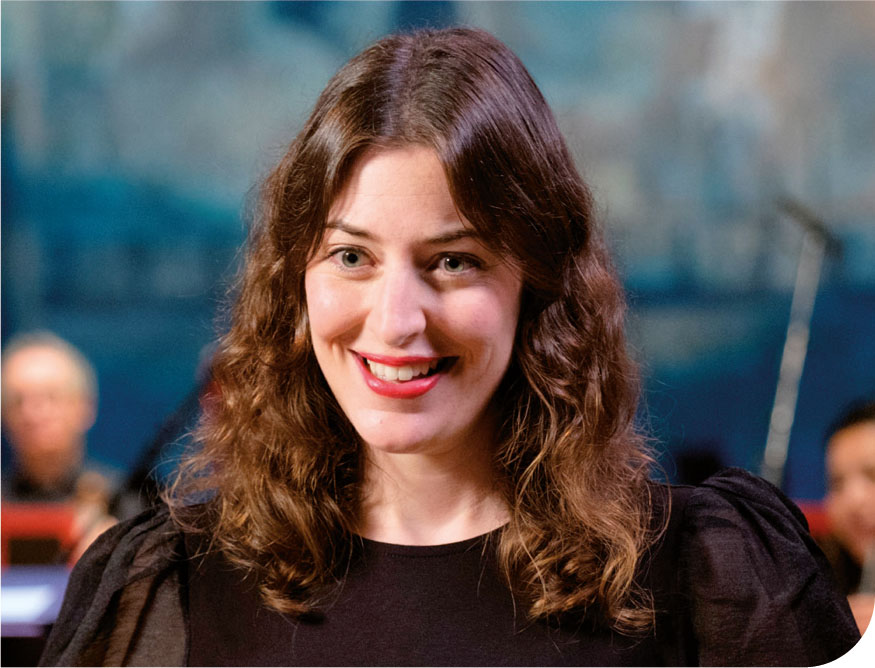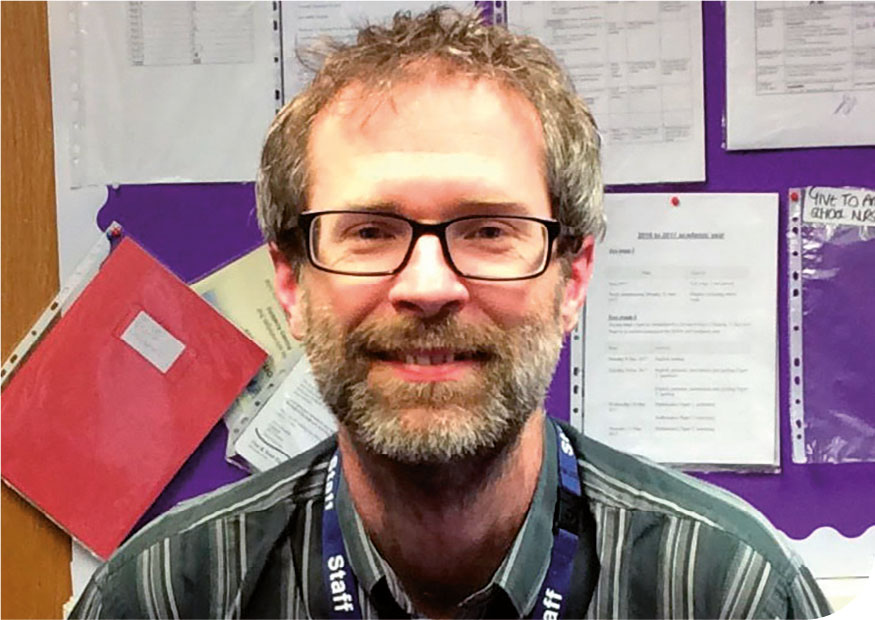
When the UK entered into lockdown in 2020, many music educators were faced with the daunting task of switching to teaching online. Even after schools opened fully, in the absence of singing and playing instruments in primary schools, another approach to music lessons was greatly needed. The fear that many children may miss out on music lessons, and all the benefits music education can bring, spurred lots of us into action. In February 2021, with the aim of using music to ‘disperse the dark clouds and showers of COVID-19’, Teaching Primary Music – a resource created by Jimmy Rotheram and developed by the Benedetti Foundation – was published.
Sequenced learning
Rotheram is a familiar name in UK music education circles – not only because of his nationally recognised work at Feversham Primary Academy, but also thanks to his writing and consultancy work for the likes of the BBC and Department for Education over his 18-year teaching career. Given that one of the main aims of the Benedetti Foundation is to ‘provide really great quality music education that's accessible for everyone’, the collaboration with Rotheram made perfect sense. This backing from the Benedetti Foundation has meant that the two books and accompanying videos are available for free, and there were training sessions throughout February and March 2021 to guide teachers through the resource at minimal cost.
Teaching Primary Music comprises six lessons for Key Stage 1 (4- to 7-year-olds), and 12 lessons for Key Stage 2 (7- to 11-year-olds) as free downloadable books in PDF format. In KS1, each lesson is split into five activities. Every lesson is designed to build upon previous lessons, as opposed to the resource providing a collection of exercises based on age. All apart from two in KS1 are accompanied by explanations and modelling from a teacher via pre-recorded video. The activities range from ‘Rubber Chicken’ (lesson two, activity two) – which, Rotheram assures me, works just as well with adults as it does with children – to ‘Paint’ (lesson two, activity four) in which children are invited to paint along with Spiegel im Spiegel by Arvo Pärt, played by Alexei Grynyuk on piano and Nicola Benedetti herself on violin. Activities in KS2 include ‘Let's Move Our Bodies' led by Rosie Bergonzi (lesson four, activity two) and ‘Grandpa Ted’ (lesson nine, activity three), which encourages group participation in the form of a round.
 Lucy Drever, head of musicianship at the Benedetti Foundation
Lucy Drever, head of musicianship at the Benedetti Foundation
To be expanded
Given the singing ban and social distancing rules at the time, this programme was designed to focus on pulse and rhythm within a Covid-restricted classroom. Instead of singing, chanting is encouraged with body percussion forming a large part of the resource. ‘It became really obvious to me, working with the kids online, that they were hardly moving at home. They were just sat in front of a screen for such a long time. I wanted to get movement in there for when they are at home, but also when they got back to class as well,’ says Rotheram. Beat Goes On director and experienced body percussion workshop leader Ollie Tunmer, Dalcroze UK, and others were consulted on best practice and a range of different exercises involving the body. Clearly designed to meet the restrictions of lockdown, Rotheram himself says that ‘as a stand-alone programme, there's not enough singing in it’, but activities using chanting, call and response, and simple body percussion ideas can be adapted and expanded for non-restricted classrooms.
Lucy Drever is head of musicianship at the Benedetti Foundation. She introduces Teaching Primary Music via video on the website's homepage, teaches a few lessons in the programme, and worked closely with Rotheram on this project. Drever says that this approach has opened up a new world for the teachers she works with. She has found that many teachers are happy to chant if singing feels out of their comfort zone, and use call and response rhythms instead of avoiding leading music lessons altogether. ‘It's quite exciting,’ she says, ‘getting more into the specifics of pulse and body percussion.’ There is also an emphasis on child-led activity, with many lessons designed to allow children to lead once the activity has been explained. The term ‘pulse’ isn't used until the sixth lesson in KS1, in keeping with the Kodály pedagogy that informs a lot of Rotheram's teaching.
Systematic issues
Creating a diverse resource was important to both Rotheram and the Benedetti Foundation, with a range of song choices and teachers from different parts of the UK presenting via video. For example, both KS1 and 2 feature an activity based around marching, where children are invited to walk or march on the spot while music is played. Although these activities feature a list of majority classical music to interact with, the inclusion of Samuel Coleridge-Taylor, Scott Joplin, Clara Schumann, and Debbie Wiseman is a welcome nod towards diversification, with a note encouraging teachers to ‘explore a wide range of music with your class'. As Rotheram says, many of these activities can be done ‘with any music, as long as it has a strong sense of pulse.’
This resource was created not only for non-specialists to ‘plug and play’, but as a way to empower non-specialists to become comfortable delivering classroom music and integrate more singing and movement daily. As Rotheram says, he has worked with many teachers who have renewed confidence after a few months of training. Without a musically enthusiastic headteacher, many teachers simply don't have access to career changing training programmes. Discussing this further, Rotheram says that the financial model used by many primary schools means that there is often no space for a music specialist. He sees the future of primary music potentially being more like this resource, where specialists create and ‘work with clusters of schools'. ‘Short of pumping in loads of funding and training every teacher in the country, which would be the ideal’, he adds.
The key, Rotheram says, is to make it easy to follow and use, but also give teachers a footing towards developing their own skills. Drever also says that during the pandemic the Benedetti Foundation has been listening to what teachers need and aiming to put on the training that they want. It's clear that more support is needed for primary teachers, and the pandemic has unsurprisingly caused many organisations to think carefully about how best to support students and teachers.
 Jimmy Rotheram
Jimmy Rotheram
More to come
It's fair to say that with over 10,000 downloads in 75 different countries, this resource has opened up a range of new possibilities for teachers who may feel hesitant to sing, or who may want to use Teaching Primary Music as a tool to dip into. Moving forward, Rotheram says that he received a lot of feedback from teachers using the programme, and so we can expect any new resource to be even better in terms of support, length and diversity. The Benedetti Foundation is also looking to develop new resources, using their access to world-renowned musicians to facilitate further engagement with families, teachers and young musicians in the wide world of music.








